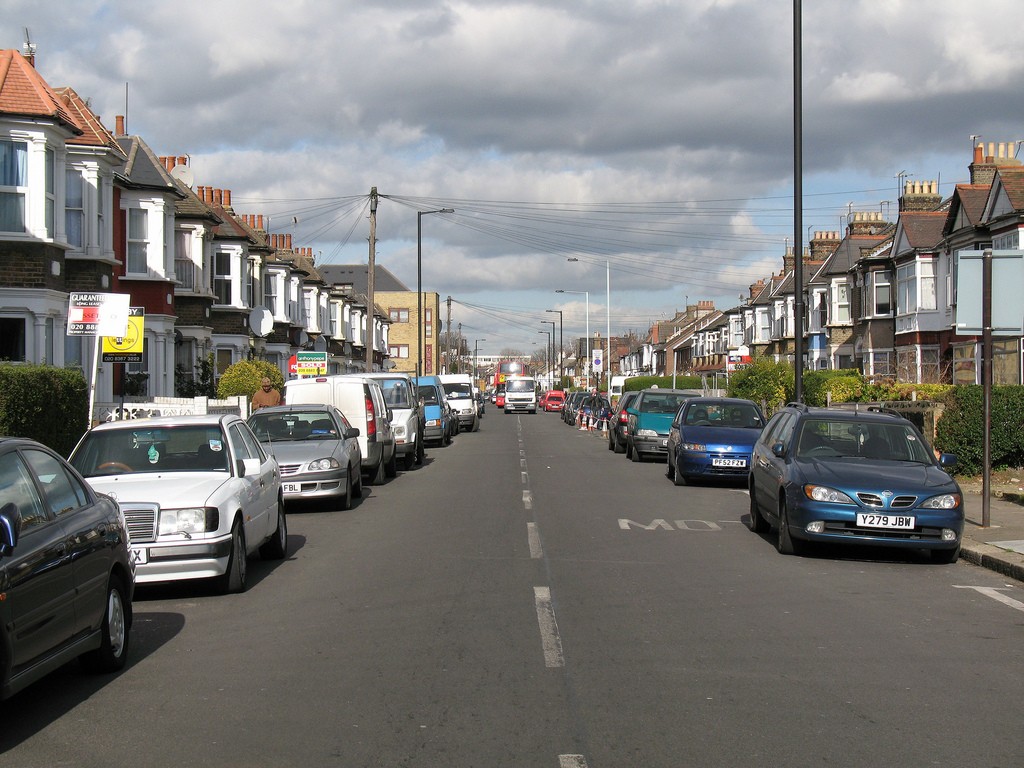
Private renting and affordability: where to point the finger?
Lack of supply, increased regulation and stagnating incomes are the real issue in private renting, when it comes to affordability, says RLA policy manager John Stewart
There is widespread concern that housing is becoming unaffordable. The barriers for first time buyers are well documented and string of government interventions have sought to boost declining levels of home ownership.
But with the private rented sector predicted to grow to 25% of housing stock over the next 10 years, increasing attention has been focussed on the affordability of private renting.
Indeed, DCLG established an ‘affordability and stability’ working group to look at non-legislative ways of cutting costs for renters and providing greater security of tenure.
Predictably, much of the media comment and response from poverty, tenant and consumer campaigners closes in on rent levels, with landlords charging ‘exorbitant’ rents cast as the villains.
This usually followed by a demand for rent controls or rent stabilisation and cries of ‘Look at Germany!’.
However, private rents are market led, and many factors influence rent levels.
There are also many markets within the PRS, both consumer and geographic.
And affordability isn’t just about how much rent is being paid, but also about household income and other household costs.
It’s just lazy to blame affordability on ‘rocketing private sector rents’.
Statistics show that rent increases have been remarkably stable over the last five years, averaging a little under 2% per annum. Hardly out of control.
The English Housing Survey shows a strong correlation between length of tenancy and private rents – those who have stayed longest, on average, paid less in rent.
This backs up what most people in the sector know – landlords are keen to keep good tenants and will often forgo rent increases or market rents to retain tenants who pay on time and look after the property.
The one thing the entire housing sector seems to be able to agree about is a lack of supply of housing of all tenures.
Since 2010, the number of housing completions across the UK has struggled to hit 150,000, while estimated demand is closer to 250,000.
This is a huge gap to bridge.
Increasing supply cannot assist with affordability in the short-term.
It just isn’t possible to deliver the land, labour and supplies in the quantities required, let alone navigate the planning process.
It’s doubtful, even if a significant increase in supply can be delivered in the medium term, so a lack of housing supply will continue to put upward pressure on both house prices and rents.
Other factors that put upward pressure on rents are legislative changes, and the PRS has had its fill over the last few years.
Some are practical and reinforce market norms – smoke and carbon monoxide detectors regulations for example.
Others create unnecessary work or add complexity – immigration checks and section 21 changes.
There are new offences and penalties – civil penalties and banning orders – and local licensing.
Yet others are financial – restriction on mortgage interest relief and additional stamp duty.
Private Renting Income
Most add cost, undermine stability in the sector and introduce new risk and are passed on to tenants, via increased rents.
Despite lack of supply and new regulatory burdens putting upward pressure on rents, the real affordability issue is now household income.
On average, in the PRS, 35% of household income is spent on rent.
Nationwide, one in seven tenants are paying more than half their income on rent.
This rises sharply in areas of high demand, like London. Over the last five years, weekly average earnings have failed to keep pace with either rents or inflation.
Crucially, while average disposable household income has risen slightly, this has been uneven.
Retired households have done well while the income of other household – those in work or claiming benefits – has flatlined.
Freezes
Working households have been hit by wage freezes, the growth of low paid and insecure work, and zero hours contracts.
Government has given a clear lead on wage suppression, with public sector pay increases capped at 1% since 2012.
With over five million people working directly in the public sector, and many more dependent on public sector contracts, this can’t help but impact on household income.
Likewise, the government’s welfare reforms have eaten in to the income of non- pensioner households claiming benefits.
Restrictions on housing benefits, including the LHA freeze and the benefit cap mean, in many areas, private rents are out of reach, and landlords are reluctant to take on benefit tenants for fear of arrears.
Meanwhile, the availability of social housing is shrinking and housing associa- tions are vetting prospective tenants on their ability to pay.
The private rented sector is now playing a substantial role in accommodating the poor.
Little wonder affordability is a major concern for privat tenants today.
The government’s response to making private renting more affordable has so far concentrated on limiting up-front costs – banning lettings agent fees charged to tenants and limiting deposits to one month’s rent.
This is tinkering at the edges.
It’s not landlords and rising rents that are the issue.
Responsibility for the main causes of any affordability crisis – lack of supply, regulatory burdens and stagnating incomes of working age households – lies squarely with the government.


If you have any comments, please email the author of this article and click on the link above